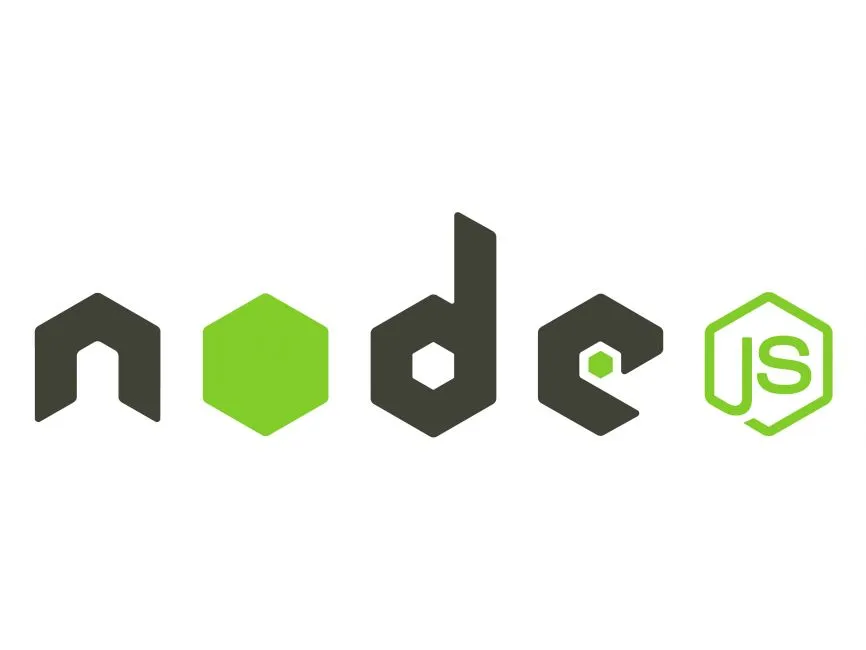Exploring Virtual Reality: A Journey Beyond Gaming
Nischal Adhikari
23, April 2024

Virtual Reality (VR), a term often associated with the gaming industry, is rapidly expanding its horizons, influencing various sectors and reshaping our daily lives. This article delves deep into the evolution of VR and its potential applications beyond gaming, exploring its transformative impact on diverse industries.
VR: The Concept and Evolution
Virtual Reality, a computer-generated environment, creates an immersive experience for users by simulating real-world scenarios. By using a VR headset or other specialized equipment, users can feel as if they are physically present in the digital world. The journey of VR from a conceptual phase to a real-world technology has been remarkable. The Sensorama, a machine from the mid-1950s that could play 3D movies, emit scents, and create vibrations, is believed to be one of the first VR devices. With advancements in technology, VR has witnessed a gradual evolution in interface design and devices
The global virtual reality market, valued at USD 21.3 billion in 2022, is projected to reach USD 200.3 billion by 2031, growing at a CAGR of 28.3% during the forecast period (2023–2031). For more information, you can refer to this report.
Latest Advancements in VR Technology
VR technology is continually evolving to provide users with a more immersive and interactive experience. Some of the latest advancements in VR technology include:
-
Wireless Headsets : Companies are developing wireless VR headsets to enhance user mobility.
-
High-Resolution Displays : 8K resolution VR headsets powered by high-performance processors are being developed to improve the visual quality of VR experiences.
-
Integration with Artificial Intelligence : There are discussions about integrating AI with VR to enhance user experiences.
-
5G Connectivity : The latest 5G standard is expected to transform VR by enabling real-time, high-quality image transmission with minimal latency.
-
Eye-Tracking Capabilities : Companies like Pimax are developing eye-tracking modules for VR headsets to optimize processing capacity based on the user’s gaze.
-
Affordability : With lower-cost VR models entering the market, a broader spectrum of consumers will have access to VR technology.
VR in Education
In education, VR is transforming traditional teaching and learning methods. It offers a more interactive and engaging learning experience, allowing students to visit distant locations, witness historical events, and engage in scenarios that were previously inaccessible, all in a virtual environment. This not only makes learning more exciting but also enhances students’ understanding and retention of complex concepts.
VR in Healthcare
In the healthcare sector, VR is making a significant impact, from pain management to rehabilitation. It is being used to provide patients with calming and distracting environments, potentially leading to quicker recoveries. Additionally, VR has found application in exposure therapy for treating phobias and post-traumatic stress disorders.
VR in Remote Work
The COVID-19 pandemic has catalyzed the shift towards remote work, offering new opportunities for VR. Virtual offices and meeting spaces enable employees to collaborate seamlessly, fostering stronger connections among team members and making remote work more engaging.
VR in Architecture and Design
In architecture and design, VR is enhancing understanding of spatial relationships and aesthetics. Architects and designers can step into their projects, while clients can experience virtual walkthroughs of properties before construction, reducing errors and streamlining the design process.
VR in Social Interaction
Social VR platforms are emerging, offering people the opportunity to meet in virtual spaces and engage in various activities. These interactions go beyond conventional text-based chats or video calls, making online socializing more immersive and engaging.
VR in Tourism and Exploration
In the tourism and exploration industries, VR is enabling users to visit destinations they might never have the opportunity to visit in person. Through VR, users can explore historical sites, natural wonders, and even other planets.
Conclusion
While gaming will always be a significant part of VR, the technology’s potential extends far beyond entertainment. VR is transforming various industries, including education, healthcare, remote work, design, social interaction, and tourism. As technology continues to advance and VR becomes more accessible, its role in transforming these industries will only continue to grow. The future of virtual reality promises a more immersive, interconnected, and engaging world for us all.


